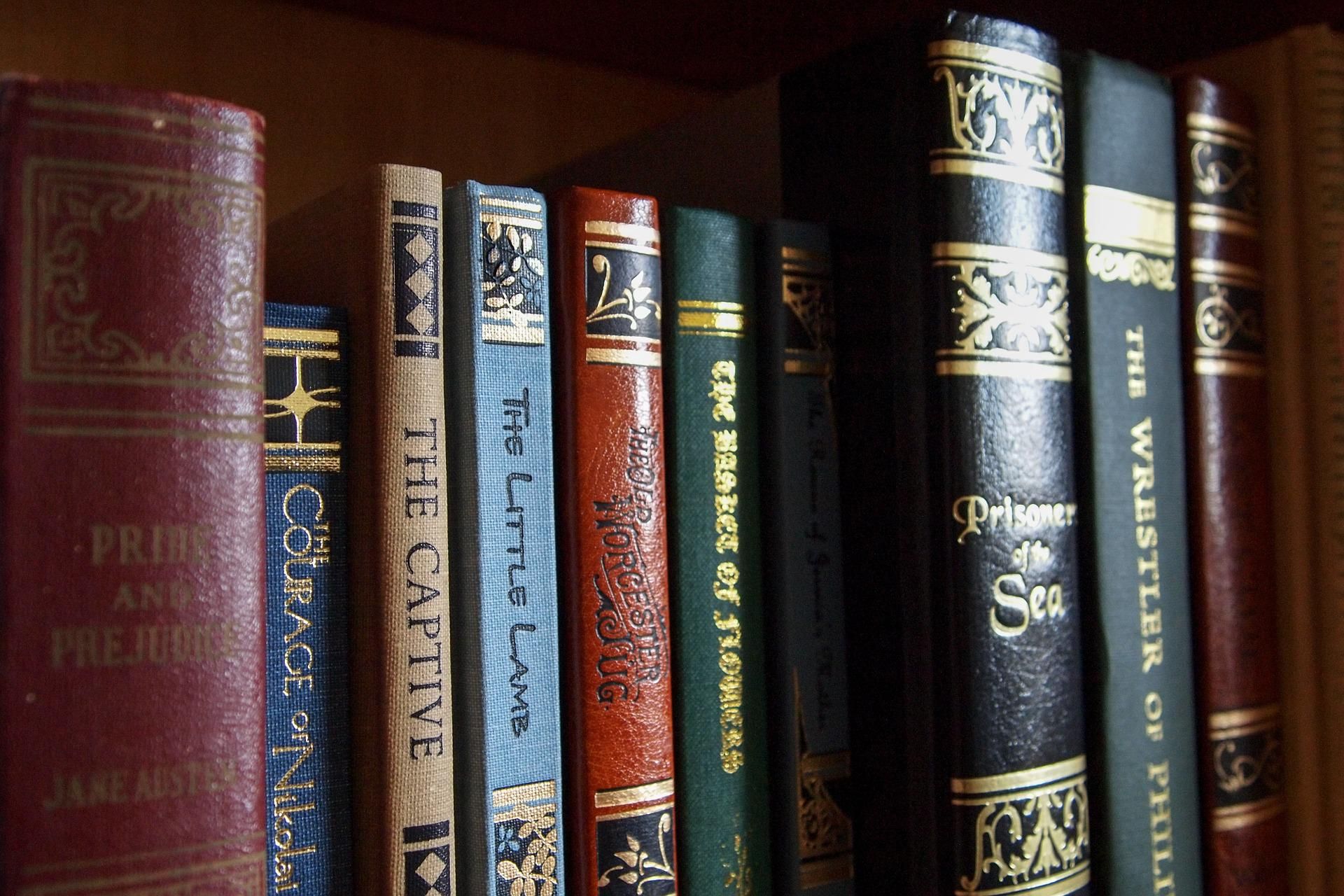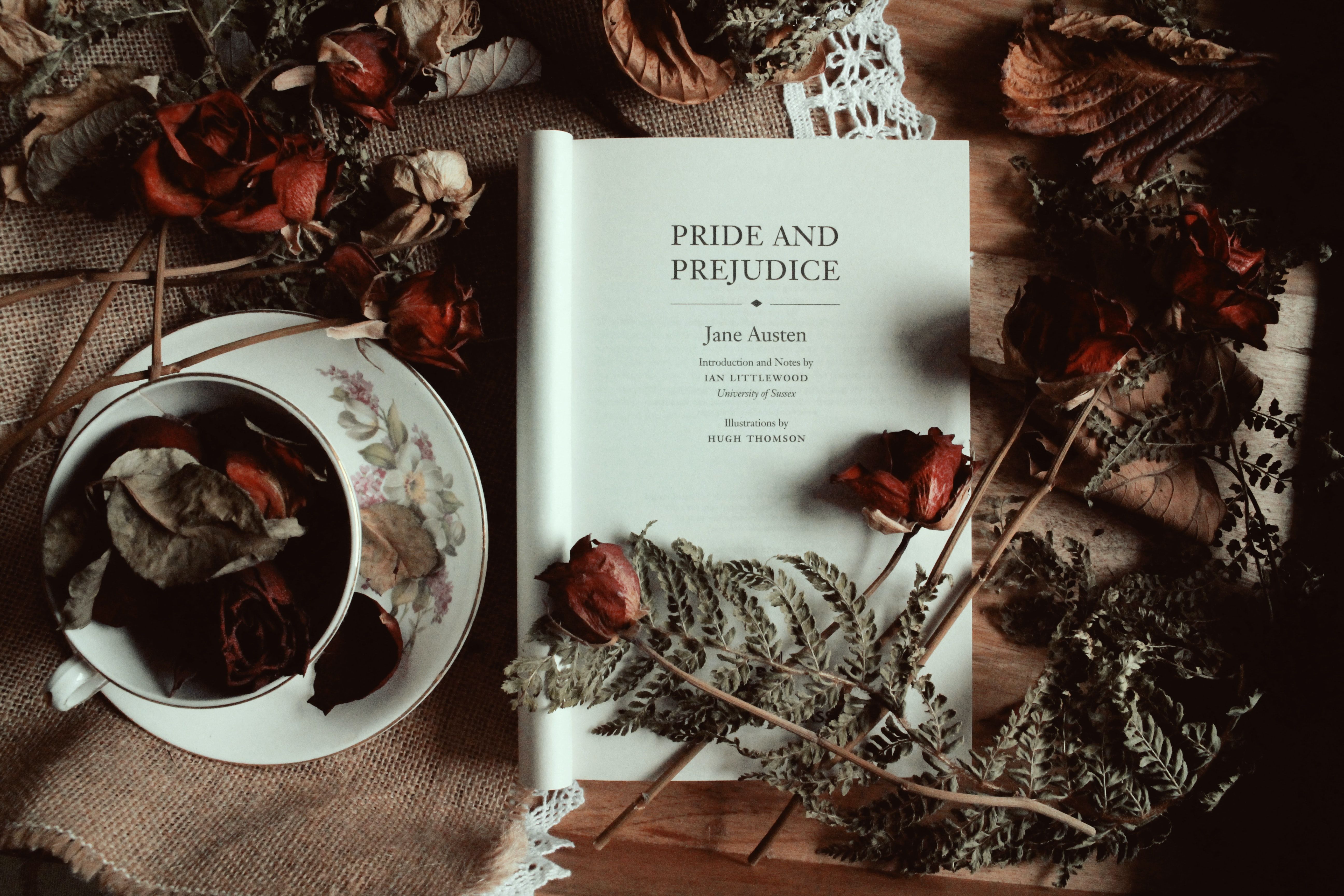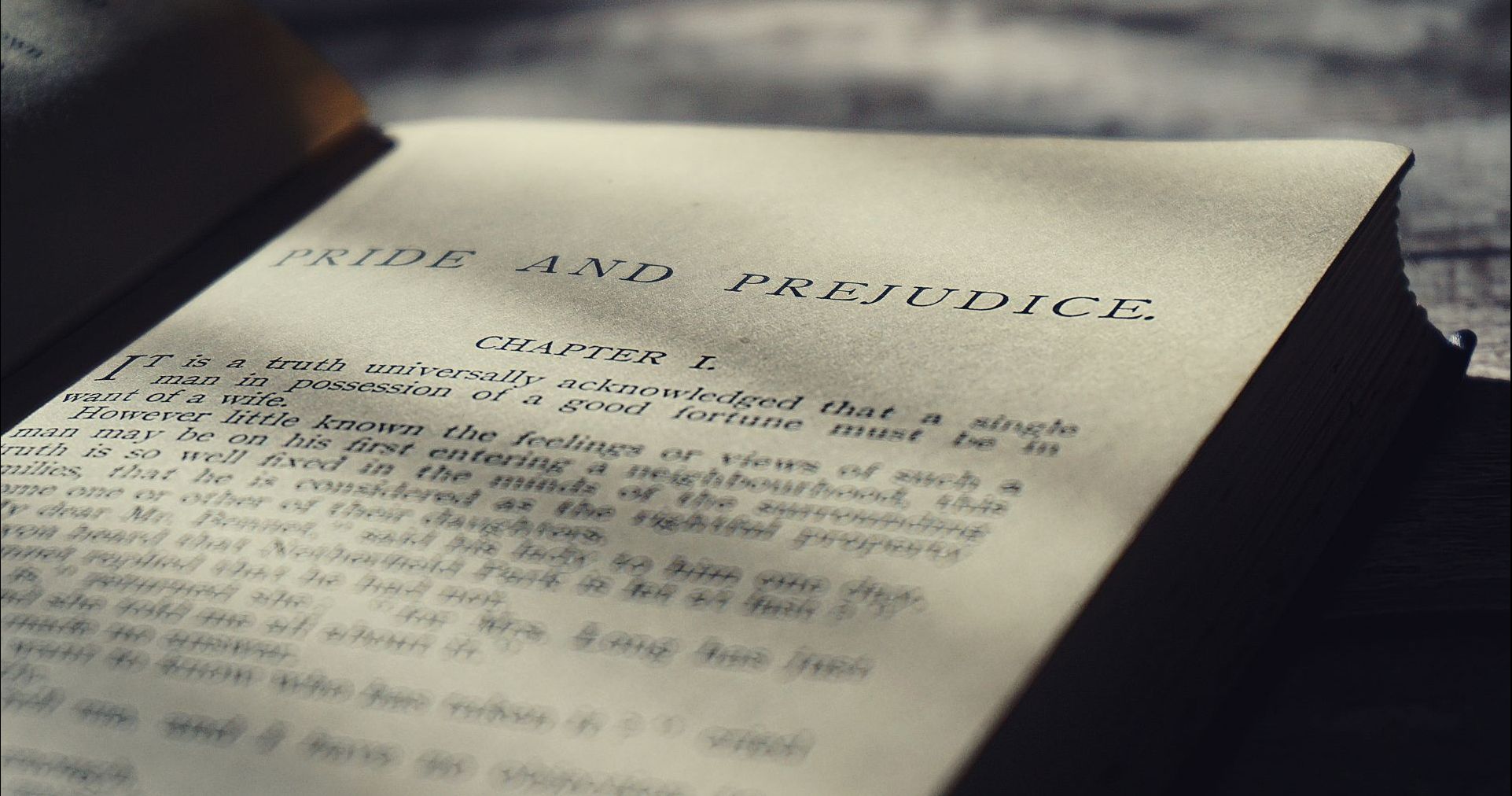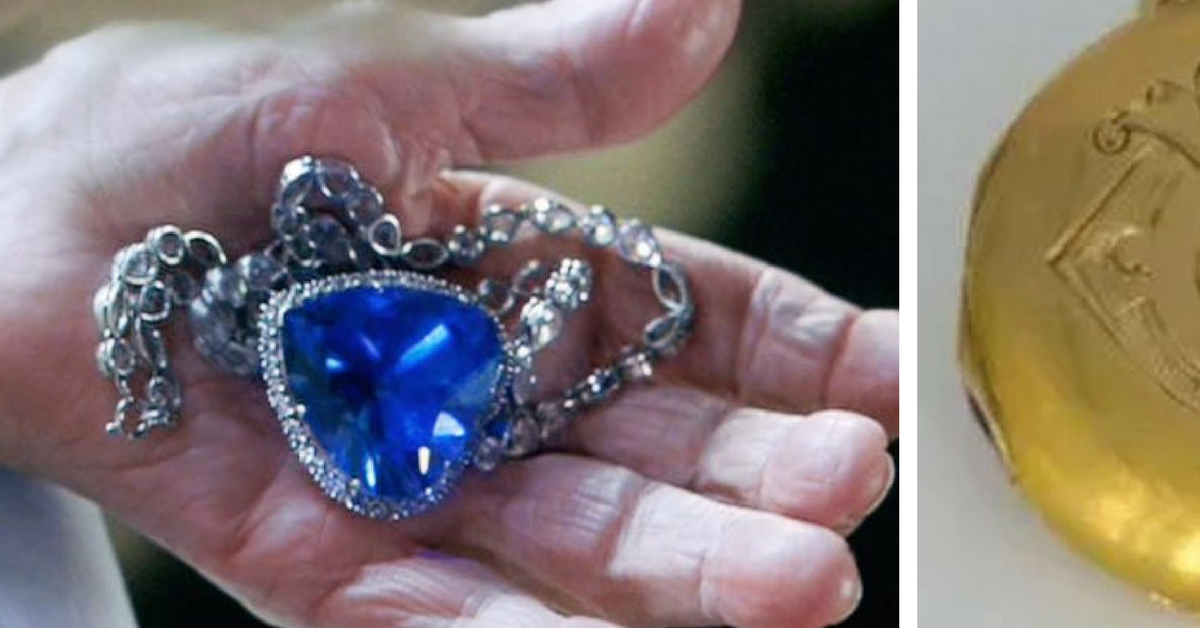Pride and Prejudice is a classic comedy of manners set in England sometime between the late 18th and the early 19th century. In the novel, Jane Austen satirizes the society of her era, particularly the position and expectations of women.
The storyline takes the characters to multiple locations around England, but we are never sure where a specific dialogue happens. Usually, the author refers to the names of counties or cities when pointing to a particular action.
The novel depicts the romantic entanglements of the five Bennet sisters, Jane, Lizzy, Mary, Kitty, and Lydia. They are all young but with different interests, inclinations, and life plans. The reason why so many readers revere Austen’s style is the use of free indirect discourse. Thanks to the detailed, often satirical narration, we can peek into the hearts of realistically portrayed characters.
The motifs in the novel are abundant, too. The most elaborated ones include the journey of considerable personal growth for all sisters. Other notable topics are love, social class, morality, self-conceit, and vanity. Below, we explore the predominant themes in more detail.

The Cost of Pride
Pride is one of the most accounted for topics throughout the novel. However, the messages sent by Austin are nuanced and ideally dosed. In some instances, she presents pride as reasonable and desired if moderate. Yet, when this trait spins out of control, it can set heavy barriers to one’s happiness. The novel underlines that too much narcissism can be costly.
When discussing this book in the classroom, most teachers assign homework related to pride. For more inspiration about what to include in your paper, check these good essays about Jane Austen on Studydriver, a top-notch writing assistant. It is also advisable to pick this topic for your next assignment because there are many intricate aspects to portray.
Moreover, the classic abounds with prideful characters, typically from the wealthier circles. Pride colors the attitudes and judgments of almost all heroes and heroines. As a result, they make rush moves and fail to achieve life’s ultimate purpose: to enjoy the fruits of love. For example, Darcy and Elizabeth get blinded by pride and thus cannot reveal their true feelings. Eventually, Fitzwilliam learns to curb his snobbery and Elizabeth her belief that she is impeccable at judging other people.
Though the novel implies that letting pride go isn’t always possible, it points out that a decent moral upbringing can lead to compassion and kindness. But beyond Lizzy and Darcy, Austen shows pessimism about human’s ability to overcome this character flaw. Lady Catherine and Caroline Bingley believe they are superior because of their wealth and social privilege. Other secondary characters like Mrs. Bennet and Mr. Collins remain deluded by self-importance.
Prejudice
The tendency to judge others based on preconceptions and stereotypes is widely present throughout the storyline. Most characters fail to see who other people are in reality and appreciate them for their traits. And since prejudice goes side by side with pride, it often leads the main characters to make wrong assumptions about behavior and motives.
Austen admits that faulting somebody for prejudice is an easy mistake to make. Conversely, it can be challenging to recognize your own flaws. However, Lizzy and Darcy’s biases are only temporary, and they succeed in overcoming prejudice through moral development and compassion.
The novel condemns people who refuse to set their egos aside and use reason. For example, prejudice has a detrimental impact on the society climber Caroline and the class-obsessed Lady Catherine. While it is a social comedy, the novel illustrates how distorted preconceptions can throw a character into oblivion.
Love
Jane Austen wrote some of the most cherished love stories in English literature, including that between Elizabeth and Darcy. But for passion to win, it must reshape personal qualities, overcome countless stumbling blocks, and open souls. In the novel, the protagonists push vanity aside and see the worthy virtues in each other.
The story is intertwined with numerous obstacles until love finally comes to light. This feeling is probably the most powerful since love was also one of William Shakespeare’s favorite themes. The mutual affection between Elizabeth and Darcy overthrows the desire for better social ties and the anxieties about climbing up the class ladder.
The couple’s ability to succumb to tenderness implies Austen believes external forces cannot shadow a romantic relationship. But a love story can only prevail if you ditch the warping effects of a hierarchically-structured society.
Social Class
Social status is another central theme of this romantic novel. Austin believes societal status shouldn’t define whether someone is benevolent or evil, joyous or miserable, bright or superficial. While high class often translates into respect, interest, and money, it should never govern human interaction.
Though Elizabeth and Darcy belong to the same circles, Darcy is affluent and runs one of the most prominent estates in the county. Conversely, Lizzy’s family is poor, and the only successful marriages of Bennet’s daughters can pull them out of their misery. Socially “appropriate” matches were widely praised and encouraged, but Austin mocks characters obsessed with their financial status.

Individual vs. Society
Austen depicts a world in which individual life suffers the impact of societal norms. Characters often question and reaffirm their responsibility to society. For example, Darcy feels guilty for not scolding Wickham publicly about his elopement with Lydia. Such sins threaten to leave traces on entire families and communities.
Likewise, Elizabeth emerges as highly independent and individualistic. She can transcend the limitations bestowed upon her at birth. The negligence of her parents and the pragmatic nature of Charlotte cannot squander her confidence to do what she wants. While her individualistic approach misleads her feelings at the onset, self-awareness helps Lizzy develop virtue. In the end, Austen rewards Elizabeth’s commitment to integrity by letting her enjoy Darcy’s company.
Austen admits that public opinion can shift in seconds, as evident from the town’s opposing views on Wickham. And while she criticizes the public’s power to impact individual action, she also reckons that society can promote virtue. The novel underlines that people are social beings and that no individual can thrive if raised far from the pack.
Summary
Set in the imaginary country village of Longbourn in Hertfordshire, Pride and Prejudice portrays the flaws of the early 19th century. It primarily focuses on the topics of family, true love, social class, vanity, and virtue. And while we can easily extend the list, the most prominent motifs are what sets this book as one of the best classics of all time.

